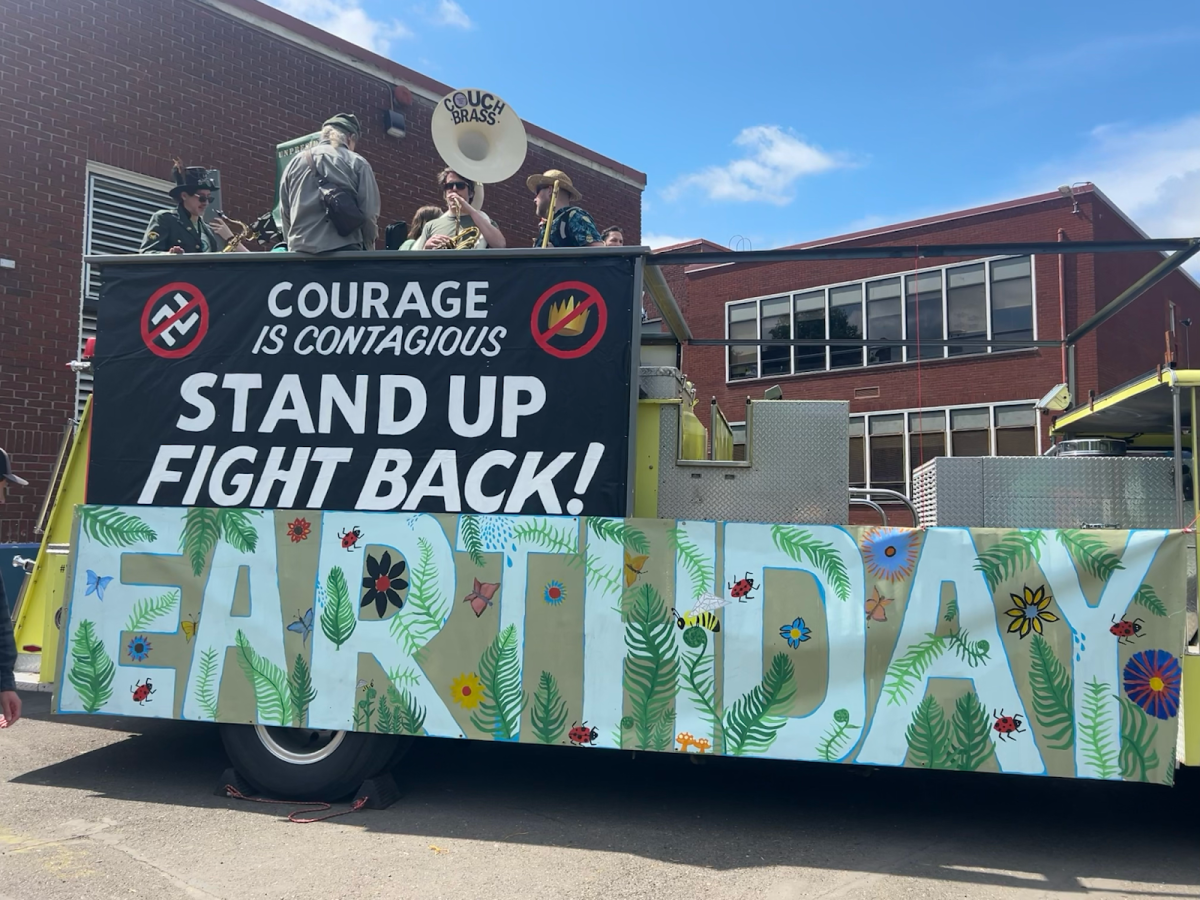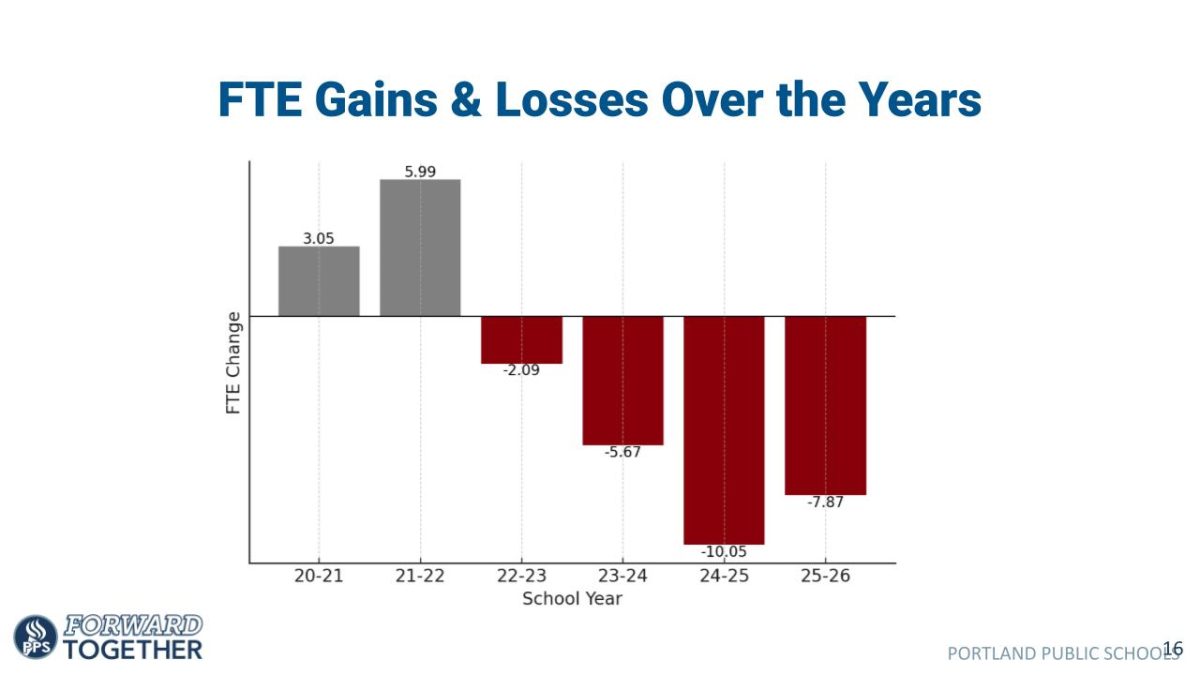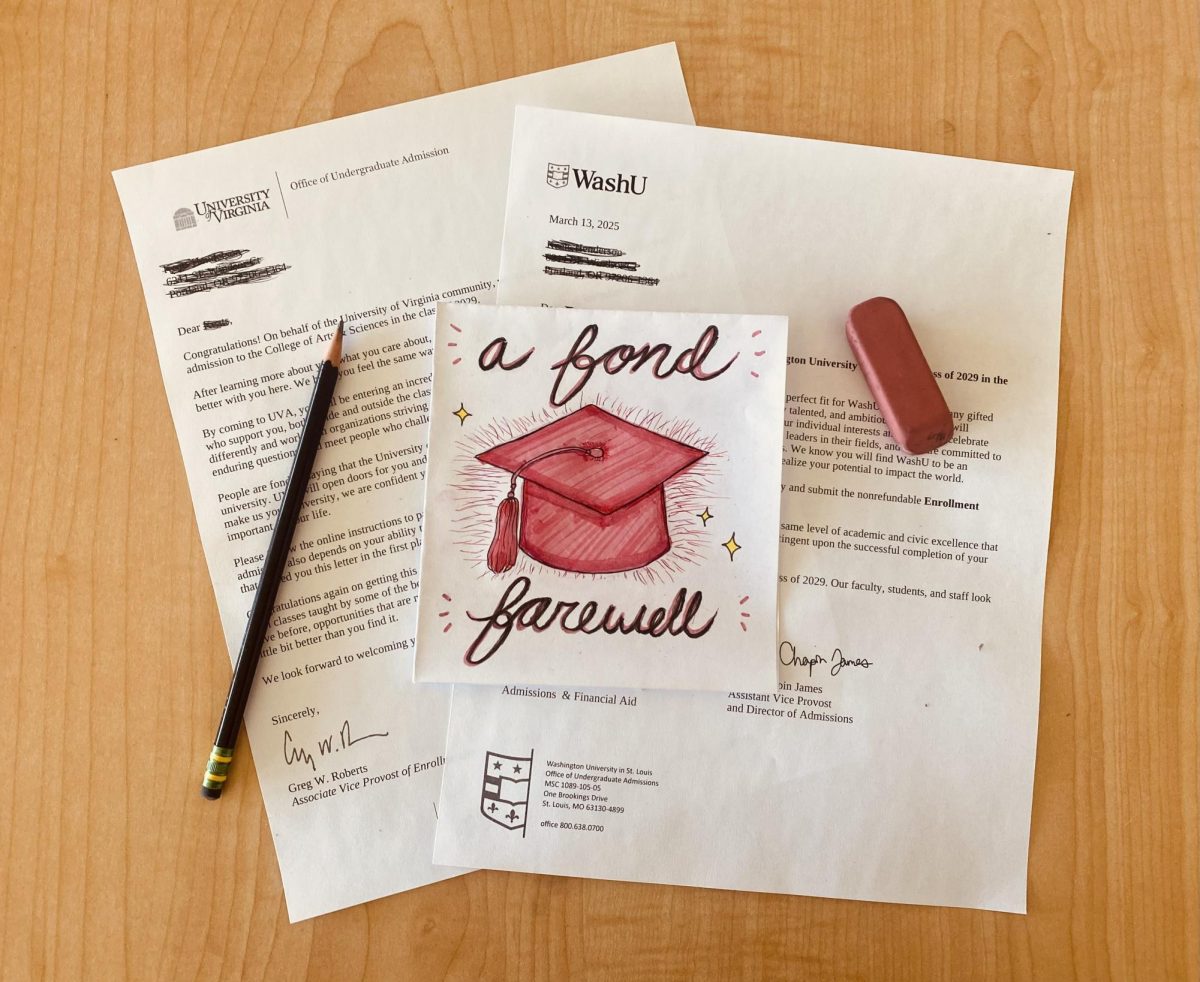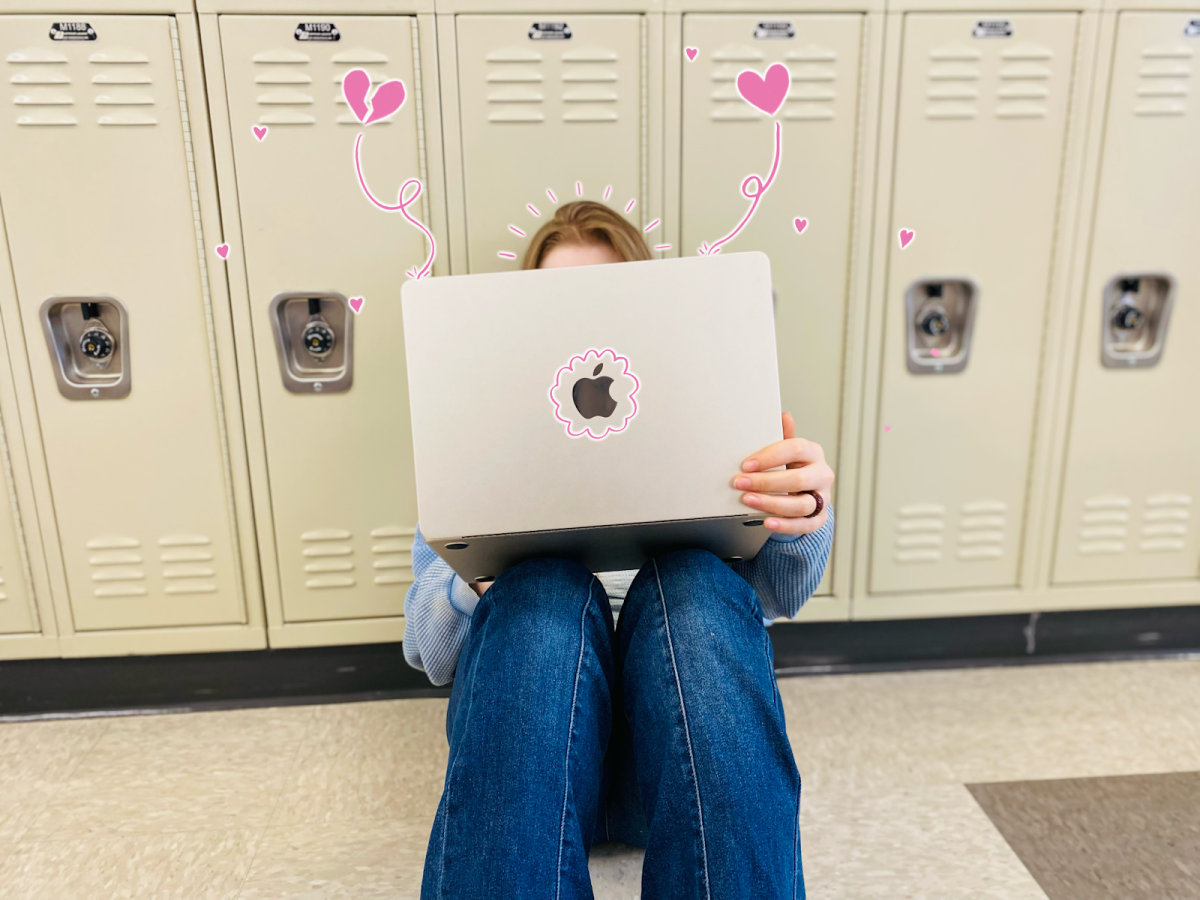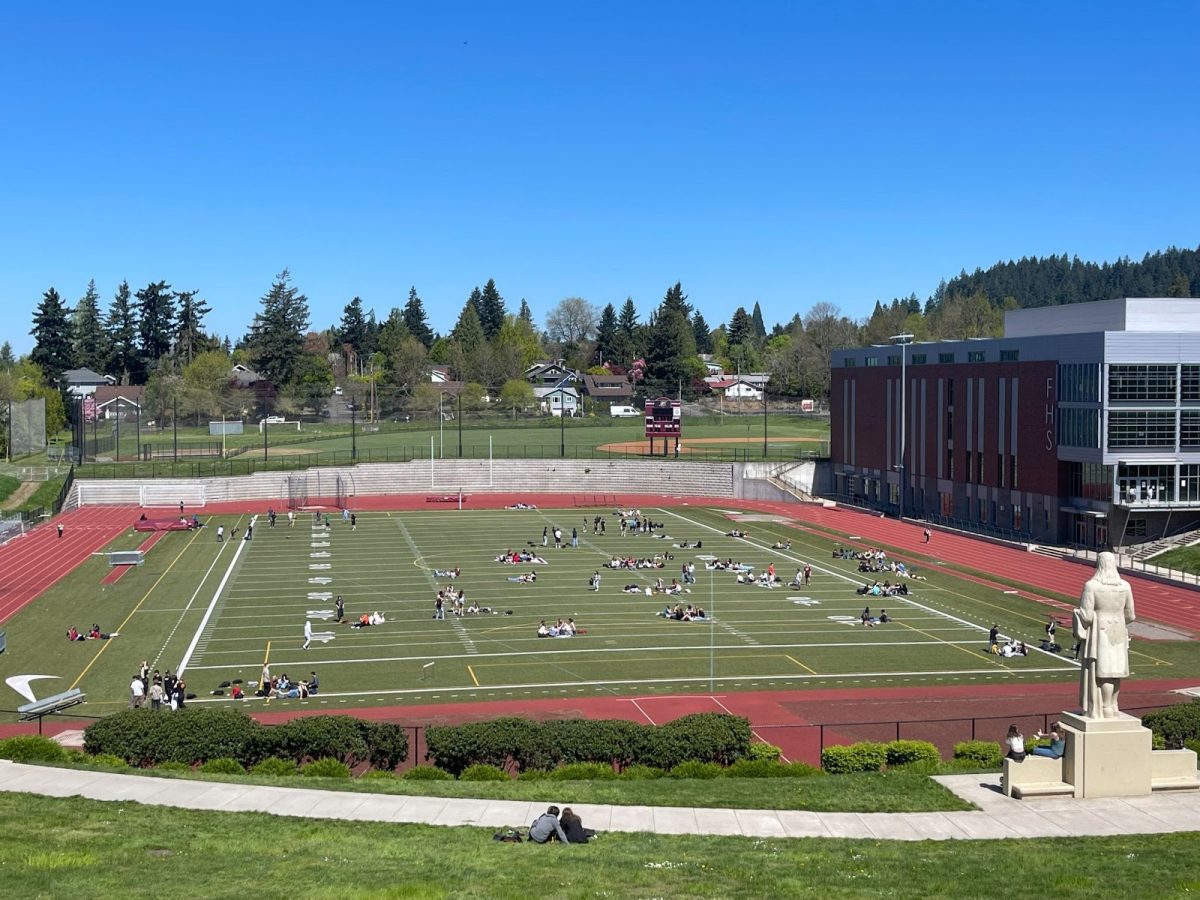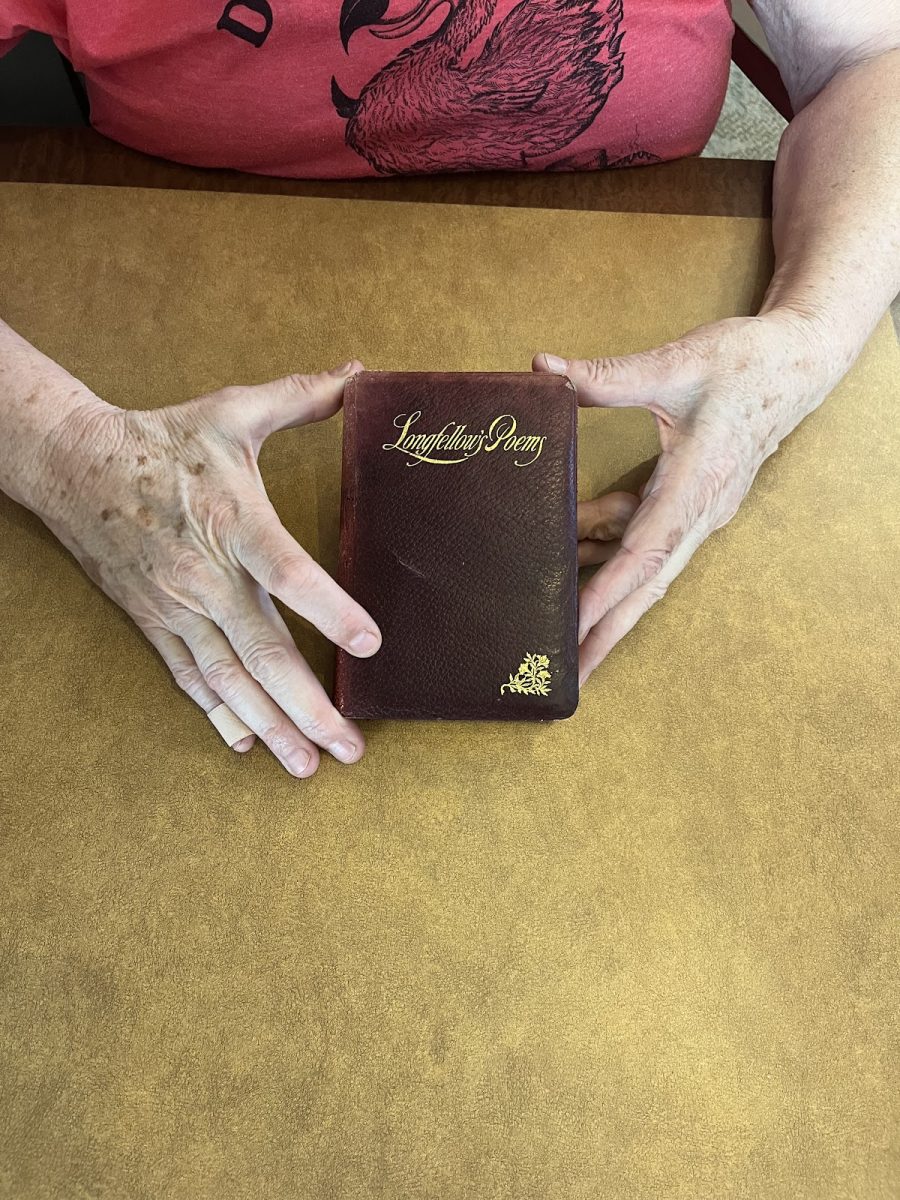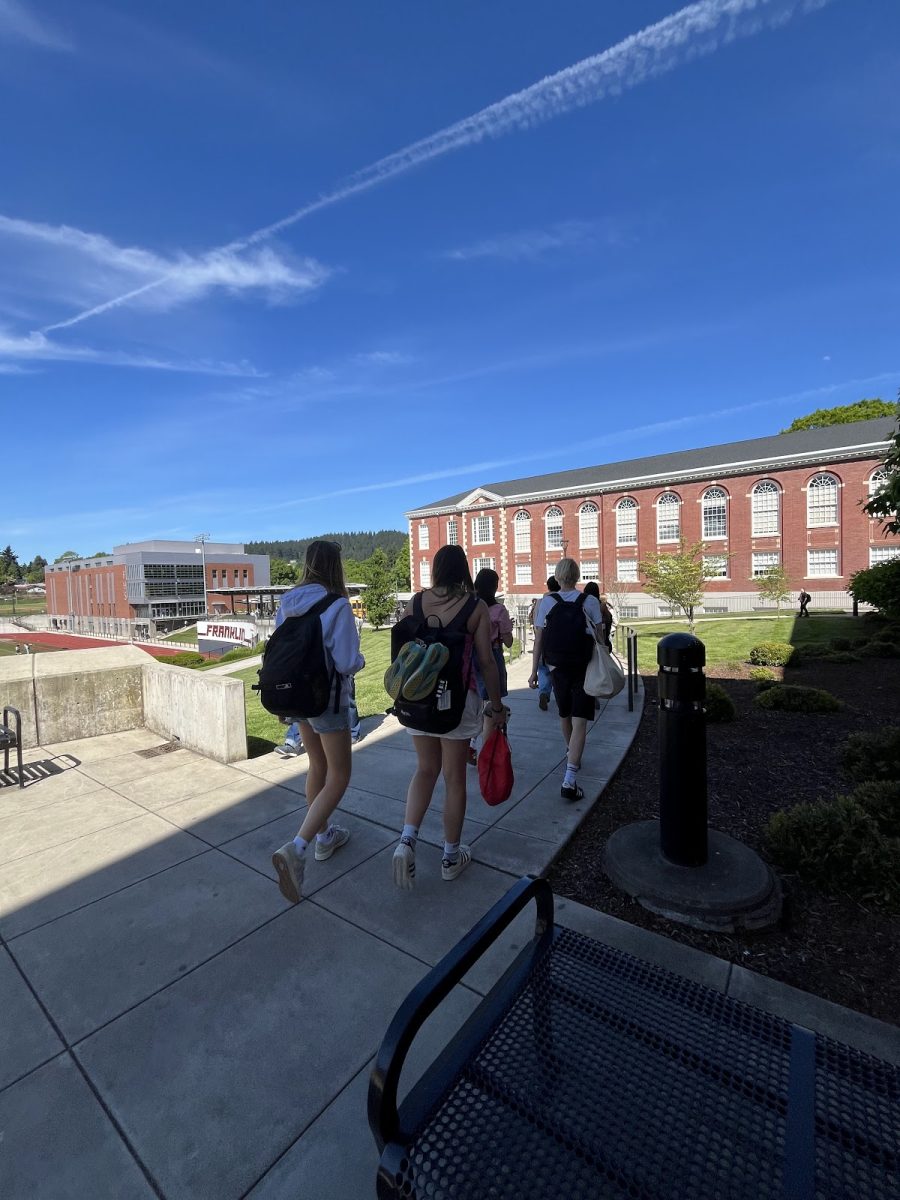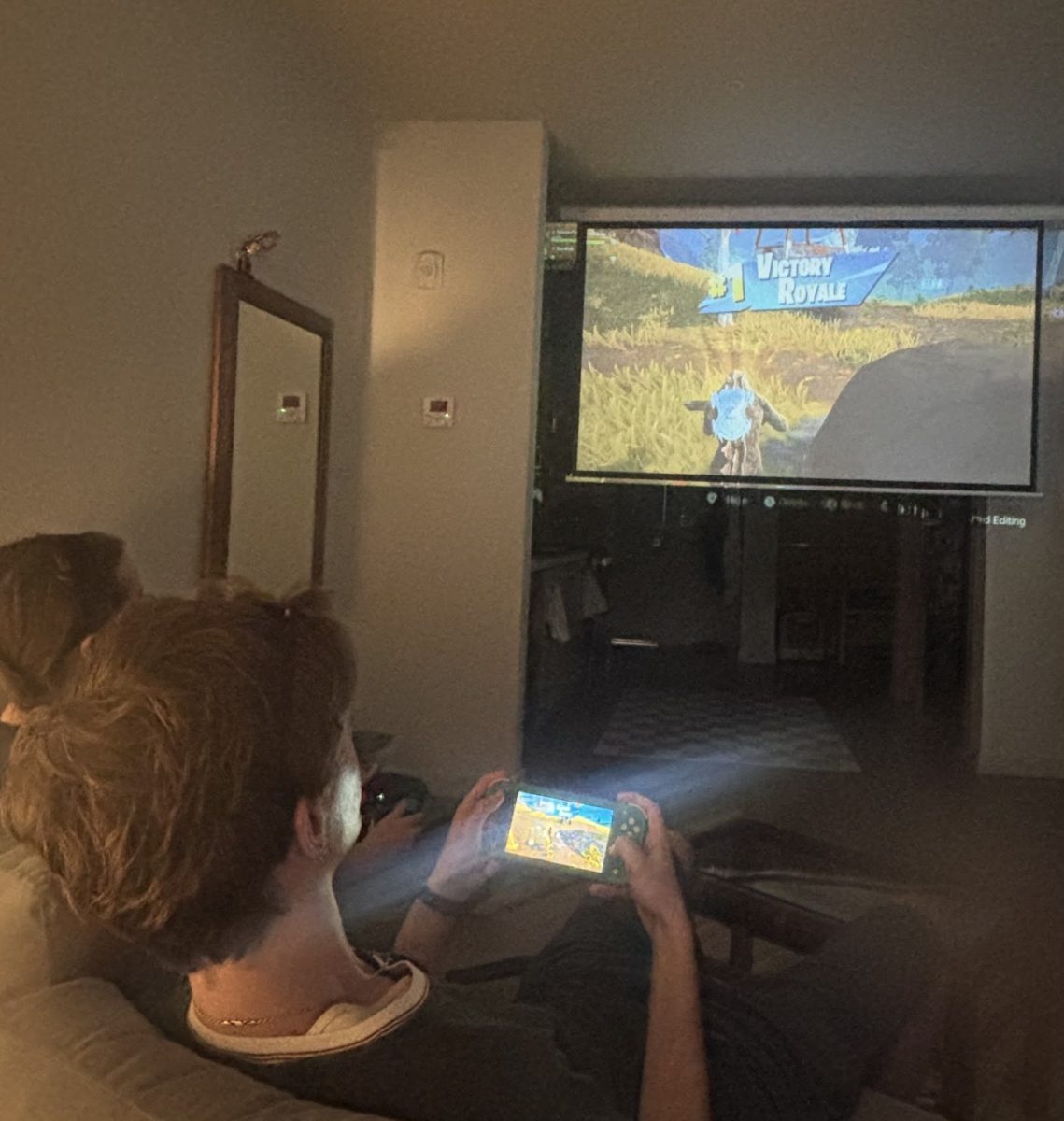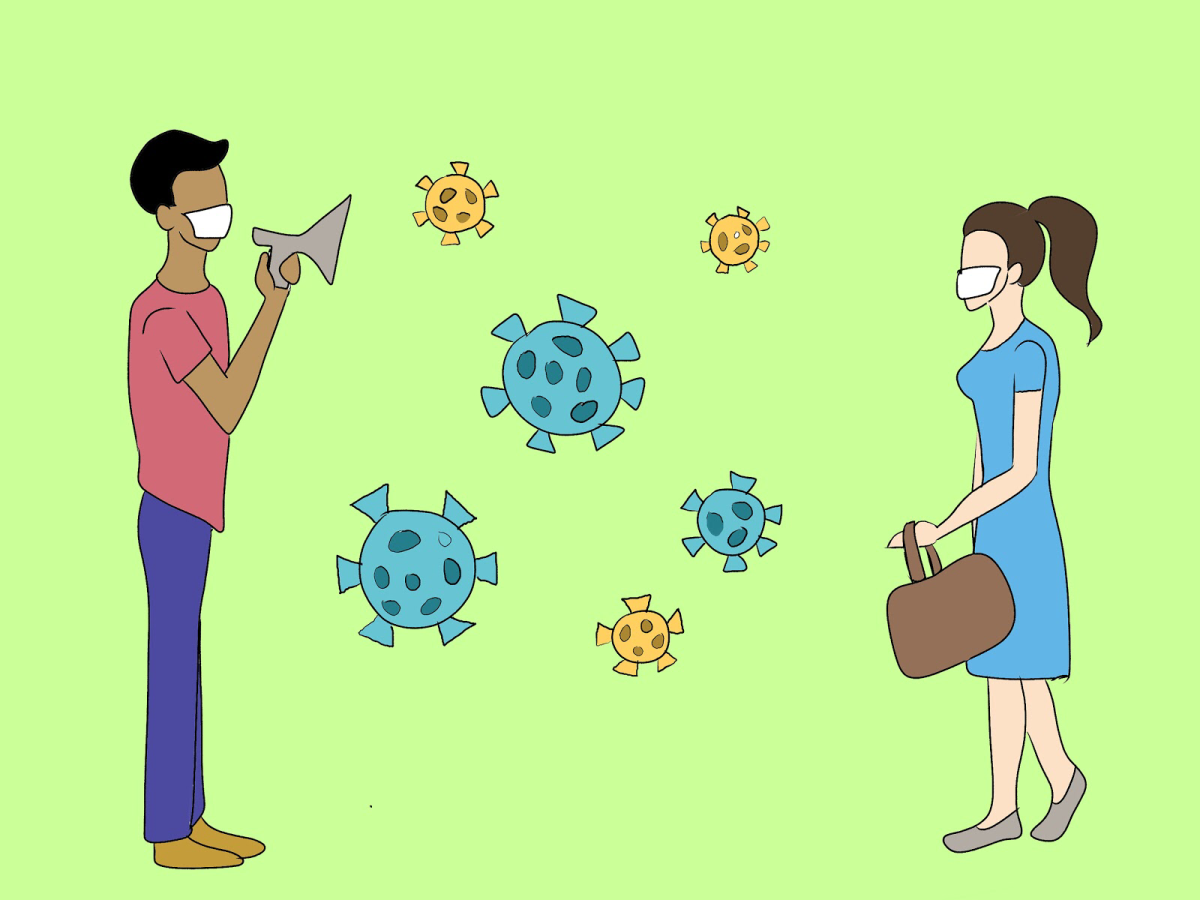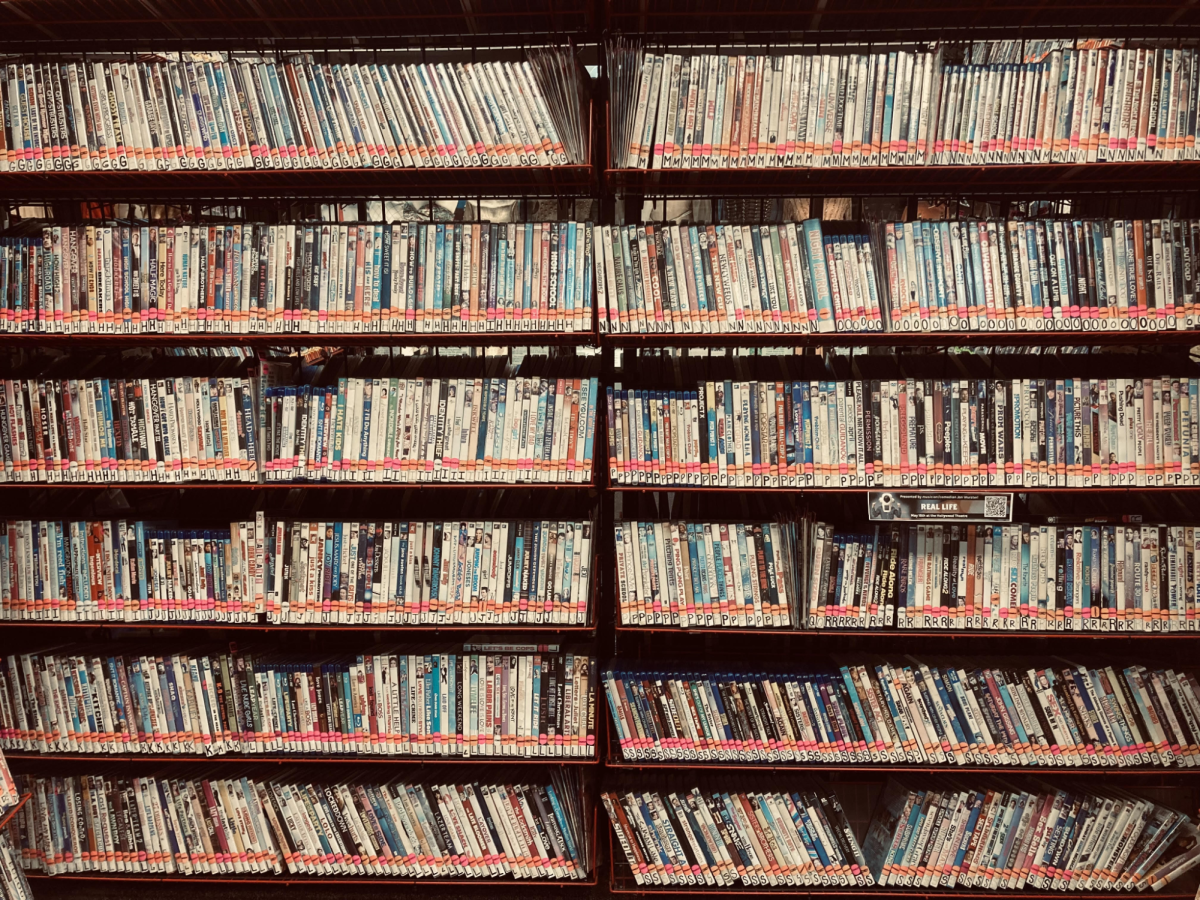If you’re like most people, you’re probably ready to be done with this whole quarantine thing. It’s difficult to be cooped up in our houses like this, leaving only for essential errands and not being able to see friends. If you don’t like social distancing, you’re not alone, but you’re not exempt from it either.
At this point, it should be common knowledge that the World Health Organization (WHO) declared COVID-19 (Coronavirus Disease-2019) a pandemic in mid-March, specifically, March 11. Shortly following this announcement, things picked up very quickly here in Portland. Late on March 12, news came that Portland Public Schools would be closed the following week, extending spring break. On March 17, Governor Kate Brown ordered the closing of all Oregon schools until April 28. Recently, on April 8, it was announced that all Oregon schools will remain closed for the remainder of the academic year.
Aside from school closures, restaurants have moved to take-out only, grocery stores have implemented restrictions and new capacity limits, and many Portlanders are now working from home. All of this is for the purpose of social distancing.
The American Red Cross defines social distancing as “deliberately increasing the physical space between people to avoid spreading illness.” The purpose of social distancing makes perfect sense. Less contact with people means you’re much less likely to spread illness or get sick from others. More than anything, it slows the spread of the virus. This works to flatten the curve. In the words of Siobhan Roberts with The New York Times, flattening the curve “reduces the number of cases that are active at any given time, which in turn gives doctors, hospitals, police, schools and vaccine-manufacturers time to prepare and respond, without becoming overwhelmed.”
Without flattening the curve, the number of COVID-19 cases in Oregon would surpass the capacity of the healthcare system. This is already happening in other states. New York recently saw a huge spike in their coronavirus cases. According to a US News article, New York will need to double their number of hospital beds and acquire at least six times the number of ICU beds they currently have in order to accommodate future coronavirus patients. New York already has over 170,000 confirmed cases of the virus and this number doesn’t account for patients who need treatment for other diseases or injuries.
Flattening the curve is crucial, and it cannot happen without social distancing. Of course, social distancing is difficult. On a fundamental level, humans are social creatures. According to Psychology Today, our need for socialization helps us to survive: “To be social is to be human.” But this is a challenge we must overcome in order to flatten the curve.
Recently, I have witnessed numerous examples of improper social distancing including social media posts of friends getting together and gathering outside without maintaining at least six feet of distance. Again, the desire to socialize is completely justified, but flattening the curve is more important.
However, this doesn’t mean you can’t have any contact with friends! Take advantage of FaceTime, phone calls, and letter writing! You can even stand on your porch and have a friend come to visit you from the sidewalk. Get creative and find ways to be social while still social distancing!
While hospital workers are doing the most obvious life-saving work right now, we all have a responsibility to play our part. Parties and social gatherings can wait; flattening the curve cannot. So stay home— it will save lives.


